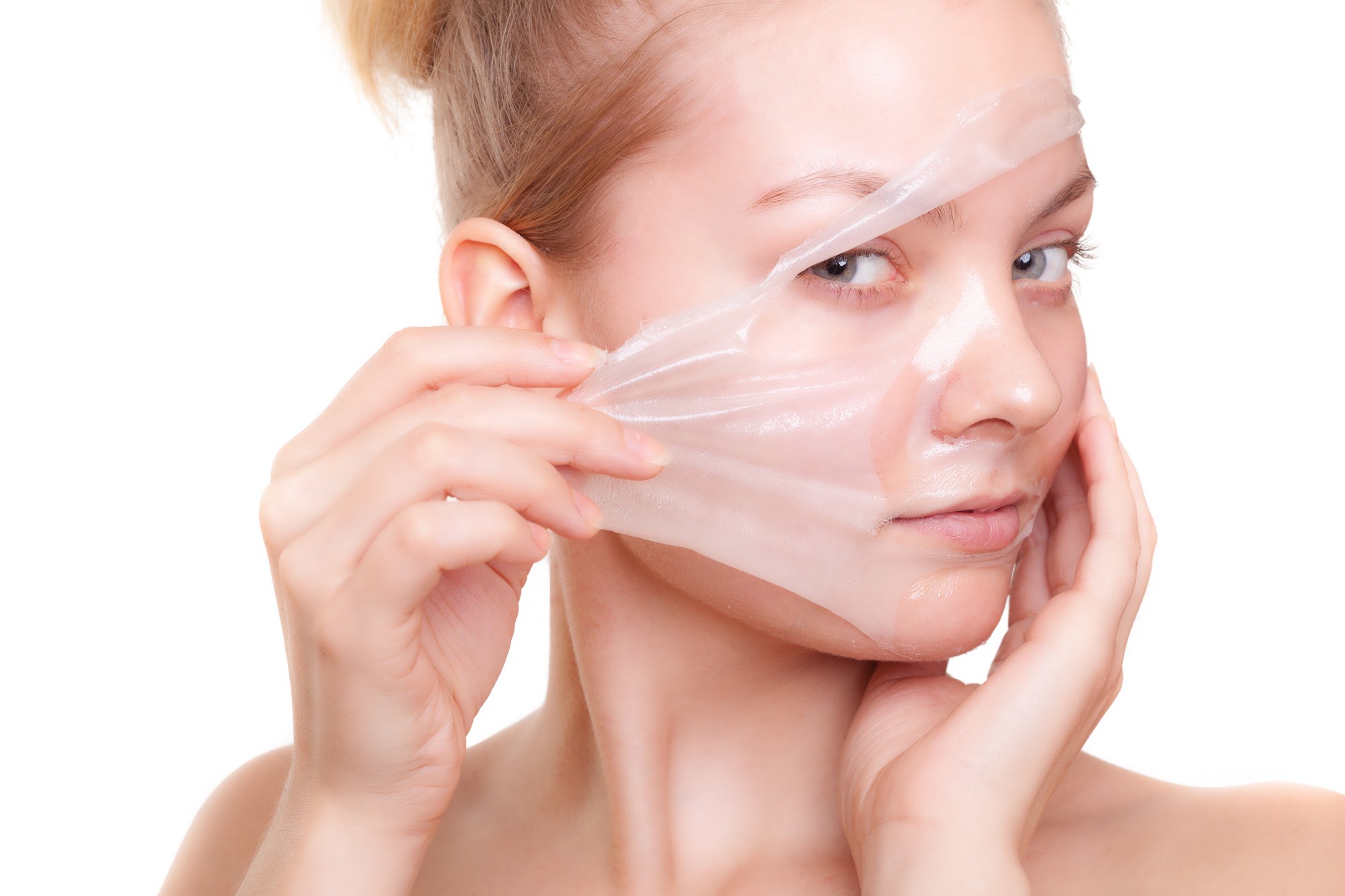
Hyperpigmentation is a common skin concern that causes dark patches and uneven skin tone. Factors such as sun exposure, acne scars, and hormonal changes can contribute to excess melanin production, leading to pigmentation issues. Chemical peels offer an effective solution by exfoliating the skin and promoting cell turnover, revealing a brighter, more even complexion.
How Chemical Peels Work for Hyperpigmentation:
Chemical peels in Islamabad use specially formulated acids to remove dead skin cells, reduce pigmentation, and stimulate collagen production. These treatments help break down melanin clusters, fade dark spots, and improve overall skin texture. By accelerating the skin renewal process, peels effectively diminish discoloration and restore a natural glow.
Types of Chemical Peels for Hyperpigmentation:
Different chemical peels target pigmentation concerns at varying depths:
1. Superficial Peels:
- Contain mild acids like glycolic or lactic acid.
- Gently exfoliate the top skin layer to brighten dull skin.
- Best for mild pigmentation and an overall skin refresh.
2. Medium Peels:
- Use trichloroacetic acid (TCA) or a combination of acids.
- Penetrate deeper into the skin to treat stubborn dark spots.
- Recommended for moderate hyperpigmentation and acne scars.
3. Deep Peels:
- Contain phenol or high-strength TCA.
- Target severe pigmentation and sun damage.
- Require longer recovery time but offer dramatic results.
Benefits of Chemical Peels for Hyperpigmentation:
Chemical peels provide several advantages for those struggling with dark spots and uneven skin tone:
- Reduces melanin buildup – Helps break down excess pigment.
- Promotes even skin tone – Creates a balanced and radiant complexion.
- Smooths skin texture – Eliminates rough patches and fine lines.
- Enhances collagen production – Improves skin elasticity and firmness.
- Boosts skincare effectiveness – Allows better absorption of serums and moisturizers.
What to Expect During a Chemical Peel Treatment:
- Consultation: A skincare specialist evaluates your skin type and concerns.
- Application: The chemical solution is applied to exfoliate the skin.
- Sensation: You may feel mild tingling or warmth during the process.
- Peeling Process: Skin may flake or peel over the next few days.
- Healing: New, healthier skin emerges within a week or two.
Post-Peel Care for Optimal Results:
To maximize the benefits of a chemical peel and avoid complications, follow these essential aftercare tips:
- Use sunscreen daily – Protects fresh skin from UV damage and prevents new pigmentation.
- Keep skin hydrated – Apply a gentle moisturizer to aid in healing.
- Avoid harsh skincare products – Skip retinoids and exfoliants for a few days.
- Do not pick or peel skin – Let the skin naturally shed for the best results.
Who Should Consider Chemical Peels for Hyperpigmentation?
Chemical peels are suitable for individuals dealing with:
- Sunspots and UV damage.
- Acne scars and post-inflammatory hyperpigmentation.
- Melasma caused by hormonal changes.
- Uneven skin tone and dullness.
Are There Any Risks?
While chemical peels are generally safe, they may cause temporary redness, sensitivity, or peeling. Deeper peels may require longer recovery time. It’s essential to consult a dermatologist before undergoing treatment, especially for sensitive or darker skin tones, to minimize any risk of irritation or complications.
Final Thoughts:
Hyperpigmentation can be frustrating, but chemical peels offer a reliable and effective solution to achieve clearer, more radiant skin. Whether you choose a superficial, medium, or deep peel, consistent treatments and proper skincare can help maintain long-term results. If you’re ready to fade dark spots and rejuvenate your complexion, chemical peels may be the answer for you!